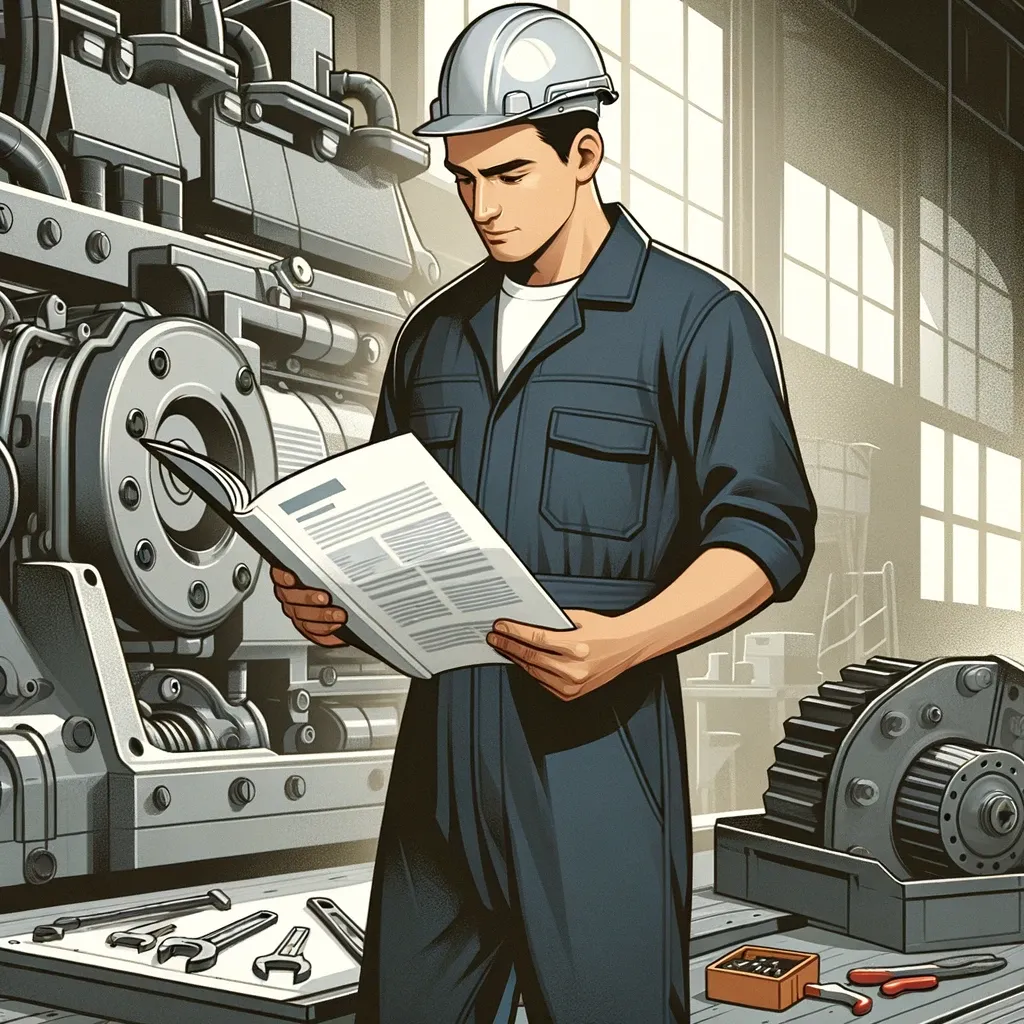Facility Management: The Importance of Detailed Operations & Maintenance Manuals

Introduction
In the complex ecosystem of facility management, maintaining operational efficiency and safety is paramount. A well-structured Operations and Maintenance (O&M) manual is not just a requirement but a cornerstone for ensuring that all systems function optimally and can be managed and repaired efficiently. This article explores the critical components and benefits of a detailed O&M manual.
Key Components of an O&M Manual
System Descriptions and Specifications
Every O&M manual begins with a detailed description of the systems installed, including fire detection and intrusion alarms, electrical systems, and conveying systems like elevators and escalators. This section outlines the purpose, operation, and interfaces of each system, providing essential design criteria such as flow rates, temperature, and capacity.
Operating Procedures
This includes comprehensive instructions for controls, start-up, shutdown, emergency override, and seasonal changeovers. These procedures ensure that the facility staff can operate the equipment safely and efficiently under different conditions.
Troubleshooting Guides
Troubleshooting is facilitated by system-level tables that guide maintenance personnel through fault tree analysis. This step-by-step approach helps in isolating problems and identifying faulty components, detailing typical malfunctions, required tests, and corrective actions.
Preventive and Corrective Maintenance
Preventive maintenance procedures are critical in reducing the need for corrective actions and are scheduled at intervals to maximize system uptime. This section of the manual is essential for planning maintenance activities that keep equipment in optimal condition, thereby extending its lifespan and efficiency.
Electronic Formats and Interactive Elements
Modern O&M manuals are often presented in electronic formats such as PDF, HTML, or XML, incorporating graphics, BIM models, and videos to enhance interactivity and accessibility. This digital approach allows maintenance personnel to access the information easily through PCs or web-based platforms, ensuring that they can reference the most current data with a click.
Maintenance Charts and Logs
Including maintenance frequency checklists, lamp replacement data, and equipment data sheets helps in maintaining a routine check on all facility components. Operating logs provide a template for recording maintenance activities, ensuring all tasks are performed as recommended.
Benefits of a Comprehensive O&M Manual
Enhanced Safety and Compliance:
Detailed manuals ensure that all operations adhere to safety standards and compliance requirements, reducing the risk of accidents and non-compliance penalties.
Operational Efficiency:
With clear instructions and maintenance schedules, facility systems operate more reliably, reducing downtime and increasing overall efficiency.
Cost Savings:
Effective maintenance and troubleshooting reduce the need for expensive repairs and replacements, directly impacting the bottom line favorably.
Training and Development:
An O&M manual serves as a training resource for new staff, ensuring that they understand the operational and maintenance protocols thoroughly.
Conclusion
The creation and utilization of detailed O&M manuals are crucial for the success of facility management. By ensuring that all facility systems are understood, maintained, and efficiently operated, organizations can achieve significant improvements in safety, performance, and cost management. As facility technology evolves, so too must the content and accessibility of O&M manuals, integrating new tools and technologies to meet the changing needs of the industry.

